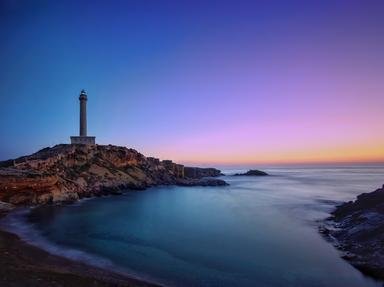Quiz Answer Key and Fun Facts
1. A bulk freighter of approximately 80,000 deadweight tons (DWT) size is called _________ ?
2. What do the initials "U. L. C. C." as a size of tanker stand for?
3. What do the letters "LNG" on the side of a ship indicate?
4. How does a "heavy lift" vessel that is semi-submersible load its cargo?
5. What is one of the primary weaknesses of the Pure Car Carrier (PCC) or Pure Car and Truck Carrier (PC/TC)?
6. Refrigerated ships are slowly being displaced by ______ ?
7. On container ships, what do the initials "TEU" stand for?
8. A common use for a "RORO" vessel is a _______ ?
9. A "geared" bulk freighter is one that _____ ?
10. A tanker of between 120,000 and 180,000 deadweight tons (DWT) size is called ______ ?
Source: Author
Jayman0755
This quiz was reviewed by FunTrivia editor
gtho4 before going online.
Any errors found in FunTrivia content are routinely corrected through our feedback system.

